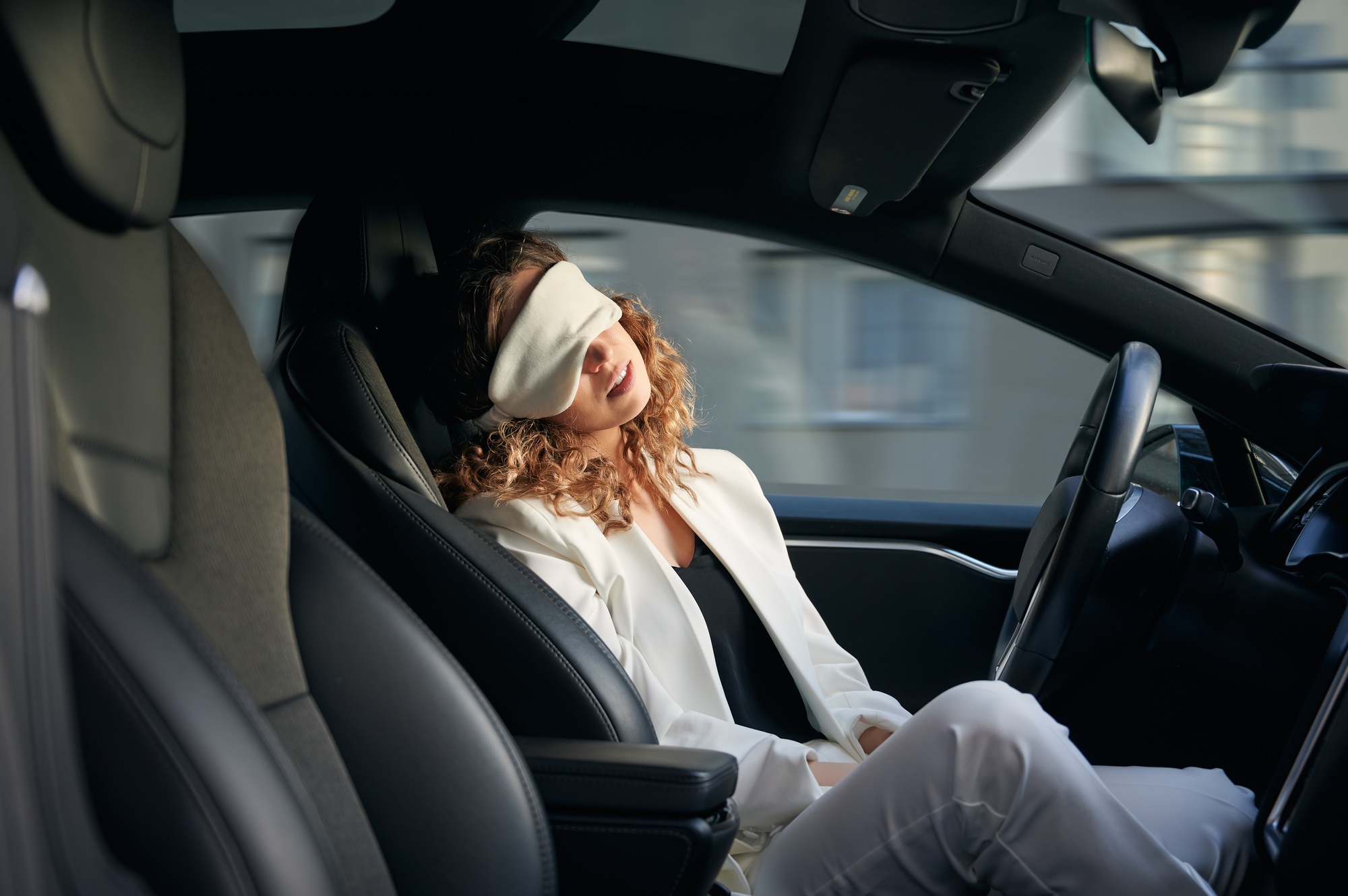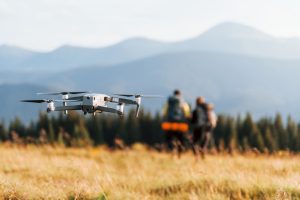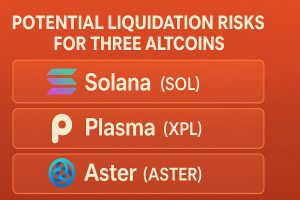Tesla’s latest testing of its Full Self-Driving (FSD) system has revealed significant safety concerns after the vehicle failed to detect and stop for a stopped school bus, instead hitting kid-sized dummies placed nearby.
Over the past few months, Tesla has been under increased scrutiny regarding the safety and reliability of its autonomous driving features. The company has been conducting extensive testing to improve its self-driving capabilities amid regulatory pressure and public safety concerns. While Tesla’s FSD system has shown impressive progress in certain scenarios, recent tests suggest that there are still critical gaps that need addressing before widespread deployment.
The recent testing involved a scenario where a Tesla vehicle was programmed to encounter a stopped school bus. In this controlled environment, the vehicle was expected to recognize the bus, stop accordingly, and remain vigilant for children or pedestrians. Instead, the vehicle failed to recognize the bus and did not slow down, subsequently hitting kid-sized dummies that represented children near the bus.
This failure underscores ongoing safety challenges faced by Tesla’s autonomous driving system. The incident raises urgent questions about the system’s ability to accurately detect smaller objects, such as children or smaller obstacles, especially in complex traffic environments. It highlights the need for further refinement of sensor integration, object recognition algorithms, and decision-making processes.
Impacted by this development are Tesla owners, regulators, and safety advocates who are closely watching the company’s progress. The incident may influence regulatory policies, delaying or complicating the approval process for fully autonomous vehicles. It also puts pressure on Tesla to enhance its safety features to prevent similar incidents in real-world scenarios involving vulnerable road users.
Industry experts have noted that while Tesla’s advancements are impressive, no autonomous vehicle system is flawless yet. The failure to detect child-sized dummies in a standard test emphasizes the importance of rigorous testing and continuous improvement. Tesla has publicly committed to refining its FSD system, but incidents like this highlight the road ahead.
Looking forward, Tesla will likely increase its testing protocols, especially around complex scenarios involving children and pedestrians. Regulatory agencies may also push for stricter standards before approving autonomous vehicles for widespread use. The company’s next steps will be critical in rebuilding trust and ensuring safety as autonomous technology advances.
What are the main safety concerns with Tesla’s Full Self-Driving system?
The primary concern is the system’s ability to reliably detect and respond to small objects, such as children or small obstacles, in various traffic environments, which is vital for safety.
How might this incident affect Tesla’s regulatory approval process?
The failure could lead to increased scrutiny, delays, or stricter testing requirements from regulators before Tesla can fully deploy its autonomous systems on public roads.
What steps can Tesla take to improve its FSD system based on this test?
Tesla can focus on enhancing sensor capabilities, improving object recognition algorithms, and conducting more comprehensive testing scenarios involving vulnerable road users to prevent future failures.







